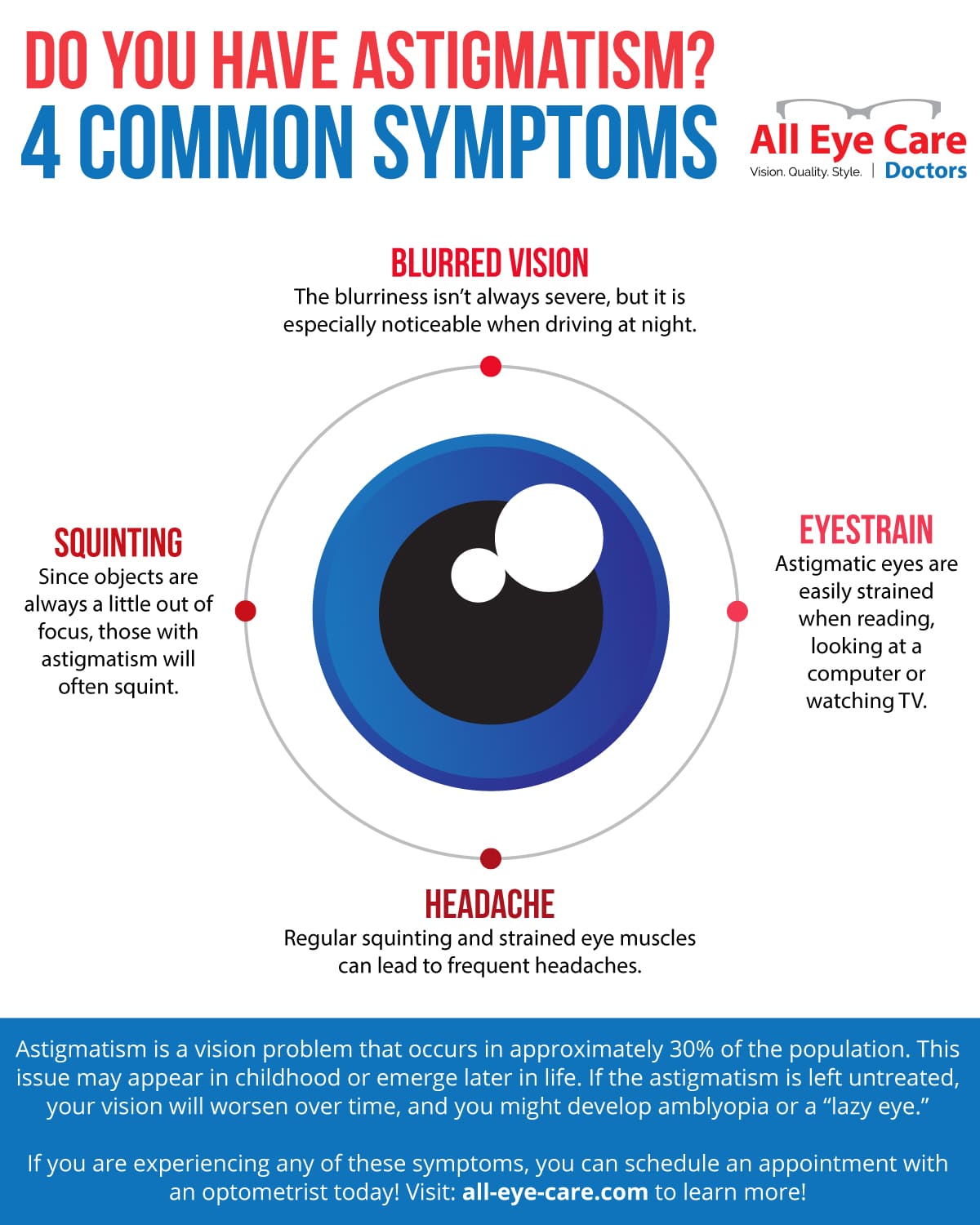Contrasting Standard And Modern Approaches To Dealing With Glaucoma
Contrasting Standard And Modern Approaches To Dealing With Glaucoma
Blog Article
Post Composed By- cataract surgery how long to recover
Did you understand that the development of glaucoma therapy methods spans centuries, encompassing both typical solutions and sophisticated developments? From ancient organic mixtures to advanced Minimally Intrusive Glaucoma Surgical treatment strategies, the spectrum of alternatives is vast. As you look into the complexities of typical versus ingenious strategies, you may reveal unexpected insights that challenge conventional perspectives on treating this widespread eye condition.
Historical Development of Glaucoma Treatments
The historic advancement of glaucoma treatments dates back to ancient people where numerous solutions were made use of to take care of the problem. In old Egypt, for instance, therapies involved a mixture of honey, fat, and sour milk related to the eyes. The Greeks and Romans also contributed to very early glaucoma treatments with a focus on topical applications and nutritional treatments. Throughout background, varied cultures developed distinct techniques to minimize the signs and symptoms of glaucoma, often rooted in natural solutions and superstitious notions.
As time progressed, advancements in medical understanding brought about more organized approaches to treating glaucoma. In the Middle Ages, Arabic scholars made substantial contributions by researching the composition of the eye and establishing surgical strategies to address eye problems. These very early advancements laid the structure for modern glaucoma therapies that we have actually today. Comprehending the historical context of glaucoma treatments offers beneficial insights right into the continuous progress and improvement of medical techniques over the centuries.
Comparison of Typical Methods
In comparing conventional methods for treating glaucoma, take into consideration the historic contexts and effectiveness of various treatments.
Conventional treatments for glaucoma have evolved over centuries, from ancient techniques like using honey and red wine to much more current innovations such as eye drops and surgical treatments. Historically, remedies like the application of leeches or natural concoctions were utilized to ease symptoms, but their efficiency was limited.
As time advanced, techniques like iridectomy, where a part of the iris is removed, ended up being prominent for reducing intraocular pressure. Some standard techniques, like using oral medications to reduce eye stress, have actually stood the test of time and are still utilized today. Nonetheless, these treatments typically include adverse effects and might not be as efficient as modern-day options.
It's necessary to consider the historical importance of conventional glaucoma treatments against their effectiveness in the context of current clinical developments.
Assessment of Ingenious Treatment Approaches
Taking into consideration the advancing landscape of glaucoma therapy, cutting-edge strategies are transforming the means this eye condition is taken care of.
One significant development is minimally invasive glaucoma surgical procedure (MIGS), which offers a much less intrusive option to standard operations. https://www.ophthalmologytimes.com/view/tips-to-chart-a-course-for-safe-effective-refractive-surgery to decrease intraocular stress by boosting the eye's natural drainage system, leading to less difficulties and faster recovery times compared to conventional surgical procedures.
In addition, the growth of sustained-release drug distribution systems has supplied a much more reliable method to carry out glaucoma drug. These systems can release drug slowly over an extended period, boosting patient adherence and minimizing the frequency of eye decreases.
Furthermore, arising technologies like careful laser trabeculoplasty (SLT) offer a non-invasive option for lowering intraocular pressure by targeting specific cells in the eye's water drainage system.
Conclusion
As you assess the evolution of glaucoma therapies, you can see how conventional methods have paved the way for ingenious strategies to emerge.
From old solutions to modern advancements, the journey of treating this facility eye problem has resembled a rollercoaster experience.
Yet with new techniques like MIGS and sustained-release medicine delivery, the future appearances brighter than ever before for individuals seeking efficient and less invasive solutions.
